02:37
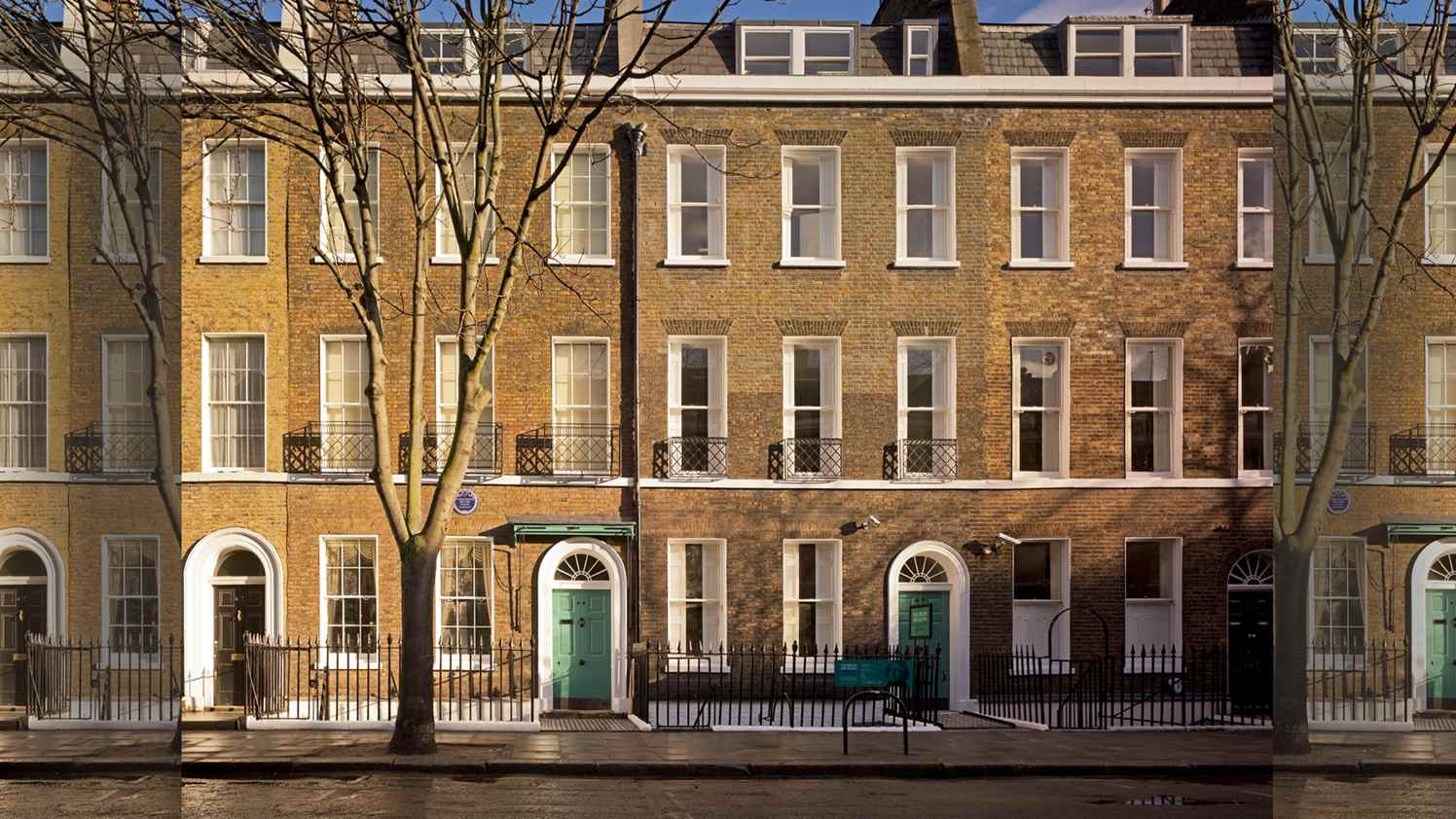
Charles Dickens tends to be associated with the Victorian era and foggy, grimy, London streets, but his hunger for travel had a powerful influence on his writing and ideas.
During his lifetime he explored cities, towns and countries throughout Europe and North America, often giving readings of his works to promote book sales.
Now, an exhibition inside the London townhouse where he lived and wrote Oliver Twist, Nicholas Nickleby and completed The Pickwick Papers, showcases his international travels and enduring global impact.
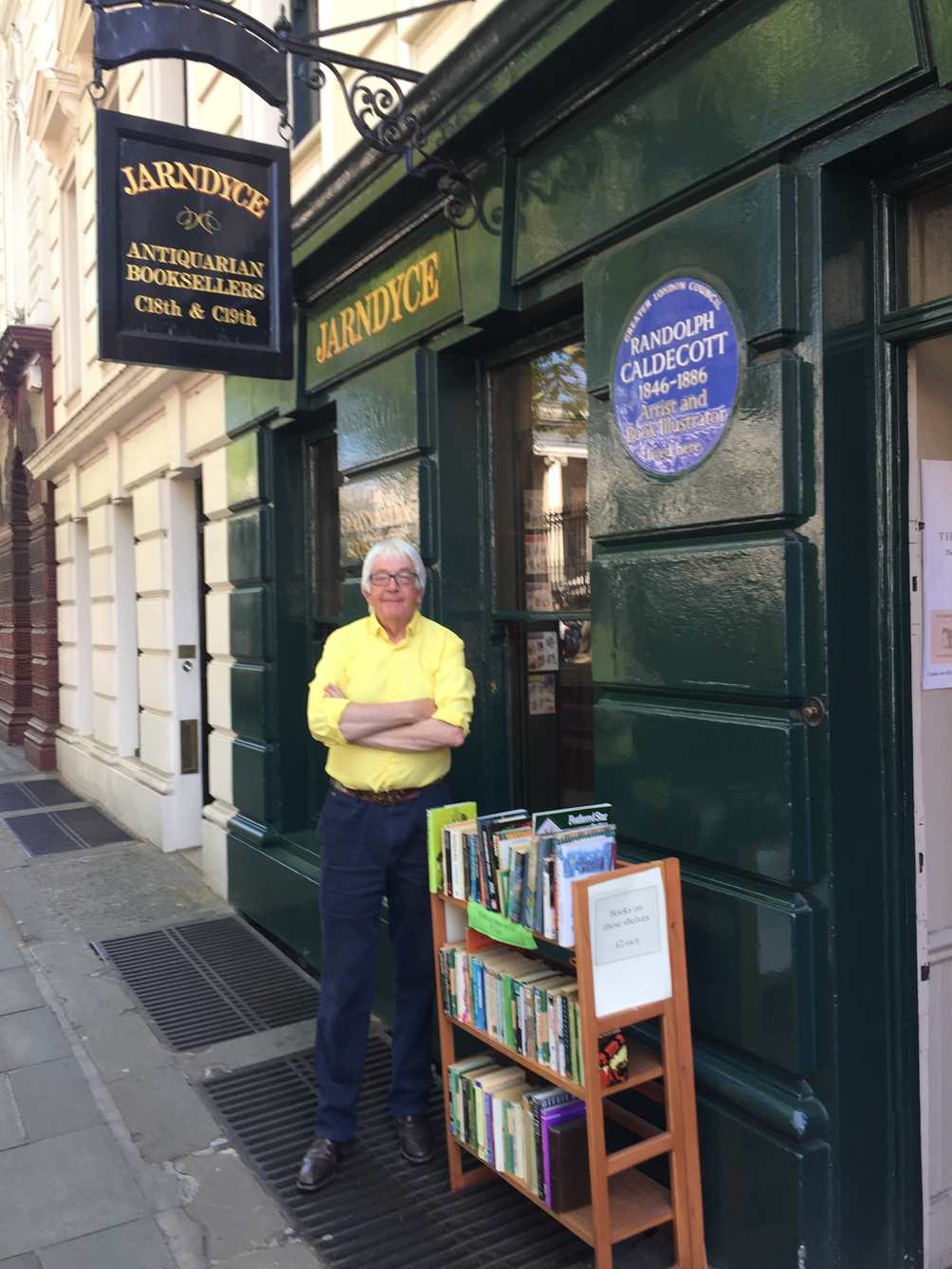
Brian Lake owns Jarndyce Antiquarian Booksellers featuring Charles Dickens books, May 14, 2019. /CGTN Photo by Georgina Cooper
Brian Lake owns Jarndyce Antiquarian Booksellers featuring Charles Dickens books, May 14, 2019. /CGTN Photo by Georgina Cooper
Dickens wrote 15 complete novels as well as numerous short stories, articles, essays, and novellas. Dickens expert and Professor at Royal Holloway University, Juliet John, says his appeal is a combination of business savvy and shrewd observation of character and place.
"We all know what Dickens' London looked like. We all know what a Dickens' Christmas looks like," she said.
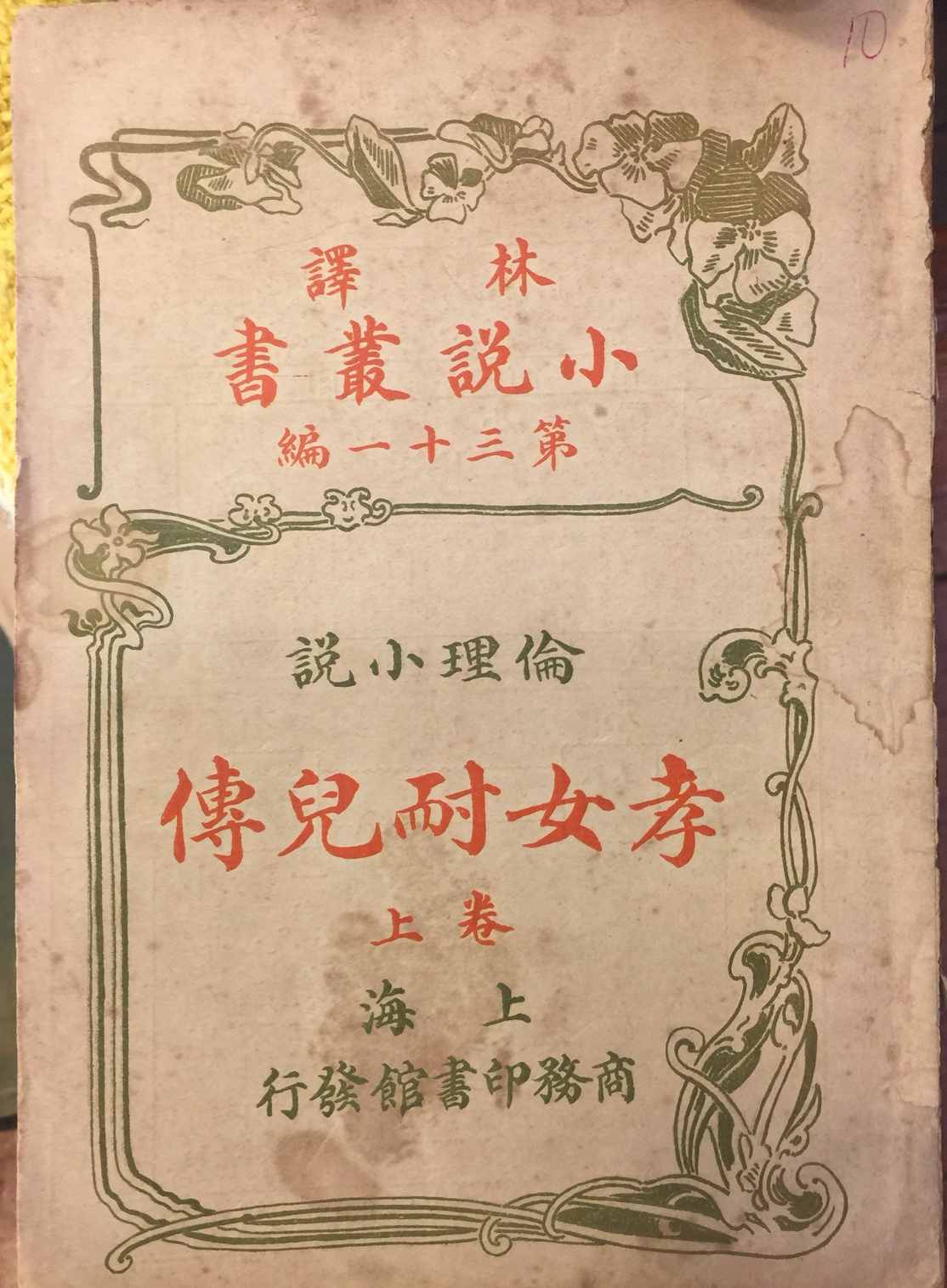
A rare first edition published in Shanghai in 1914 in Mandarin of Charles Dickens' "Old Curiosity Shop," May 14, 2019. /CGTN Photo by Georgina Cooper
A rare first edition published in Shanghai in 1914 in Mandarin of Charles Dickens' "Old Curiosity Shop," May 14, 2019. /CGTN Photo by Georgina Cooper
"He had all sorts of readers from uneducated lay persons to highly educated intellectuals who could get something else from his work."
Today Dickens' work is known around the world through film, radio, music, theatre, and TV. A Christmas Carol alone has gone before the cameras more than 50 times. There is even a "Muppets' Christmas Carol."
In his time he professed to write "for every nation upon Earth" and became a global star as his work was translated into many languages, from Russian to Icelandic.
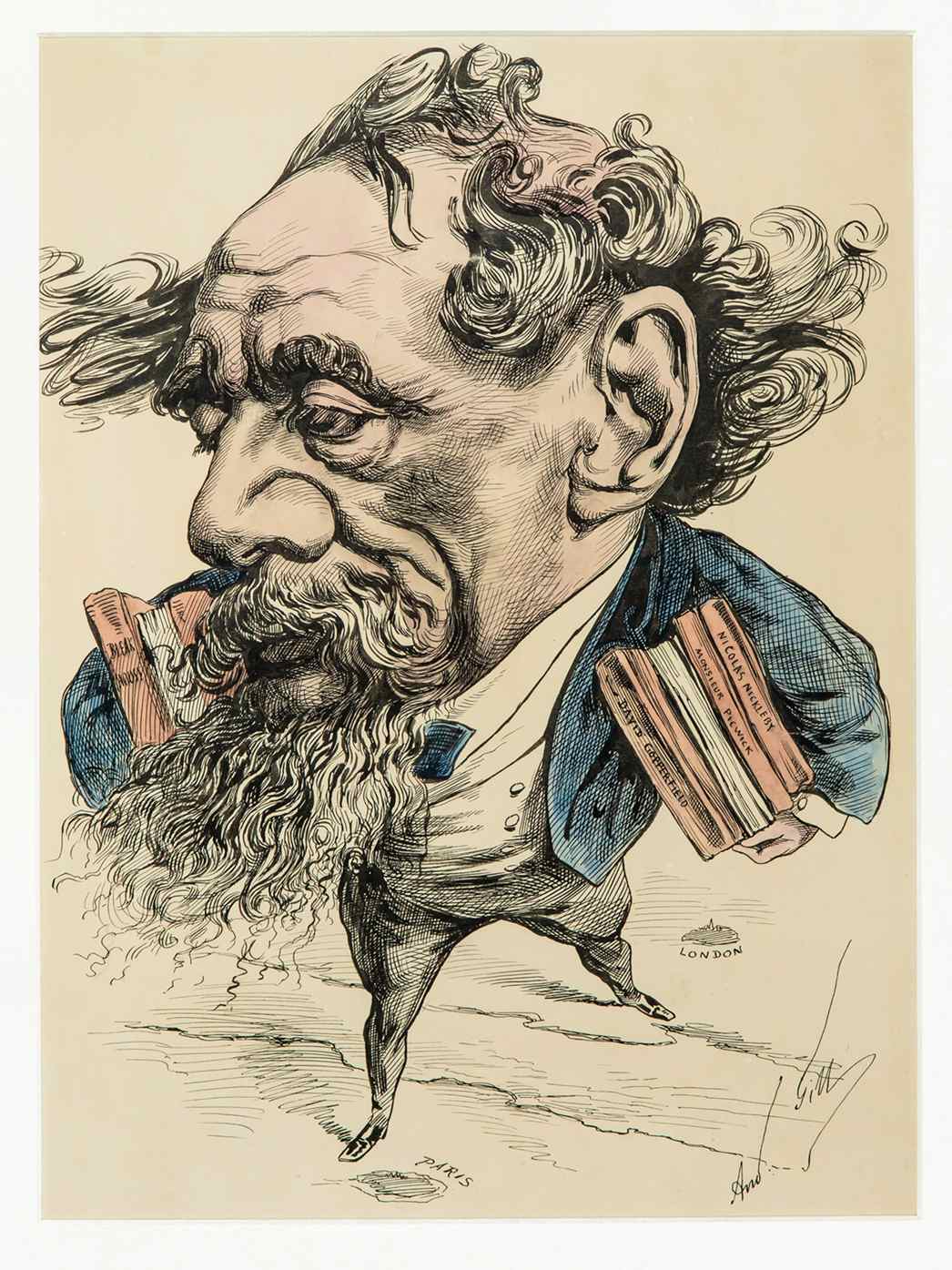
Caricature of Dickens crossing the English Channel with his books, by André Gill. Hand-colored engraving published in L'Eclipse newspaper, June 14, 1868. /Photo courtesy of Charles Dickens Museum
Caricature of Dickens crossing the English Channel with his books, by André Gill. Hand-colored engraving published in L'Eclipse newspaper, June 14, 1868. /Photo courtesy of Charles Dickens Museum
"His first very famous text was The Pickwick Papers and this was immediately translated into French and German and spread around the continent like wildfire. Then by the late 19th century he was in Japanese - by the 20th century he was actually the most adapted novelist of all time and still is," she said.
In the early 1900s, his works were translated into Arabic and Chinese. Although interestingly, the translations were not always exact.
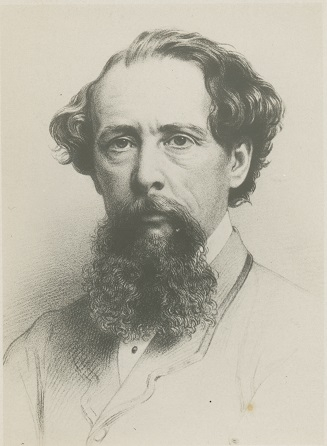
Portrait of Charles Dickens. /Photo courtesy of Charles Dickens Museum
Portrait of Charles Dickens. /Photo courtesy of Charles Dickens Museum
"In China, they were almost re-creations. Novels like Oliver Twist were often translated as 'Foggy City Orphan'. And even geography has changed. So rather than lots of mazy streets, quite a few Chinese translations replace this with a grid system," said Professor John.
Charles Dickens priced his books keenly to make his works accessible to all. The vast majority of his books were published in tens of thousands of copies to reach readerships far and wide.
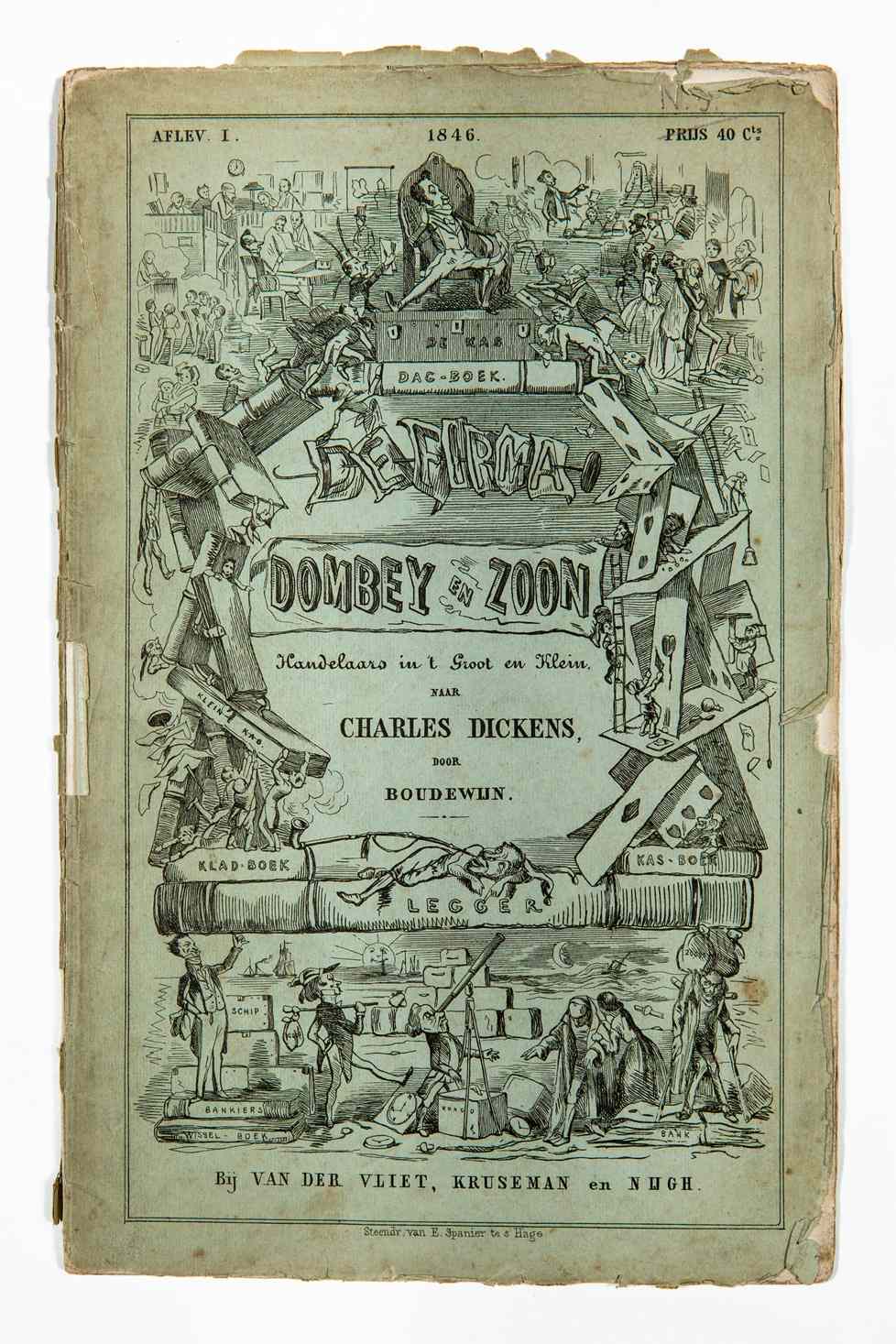
Dutch Dombey and Son monthly part, 1846. /Photo courtesy of Charles Dickens Museum
Dutch Dombey and Son monthly part, 1846. /Photo courtesy of Charles Dickens Museum
Antiquarian bookseller Brian Lake, of Jarndyce Books in London, says Dickens was primarily a businessman, interested in how much money he made out of his books, keeping a close eye on overseas sales, negotiating with publishers and protecting his copyright.
"The reality is that he still sells in enormous numbers and all his books are still in print. You can buy first editions, early editions, illustrated editions, simply in terms of sales of his books he is still enormous and has global reach - everybody has heard of Charles Dickens, the way everyone has heard of Shakespeare," said Lake.
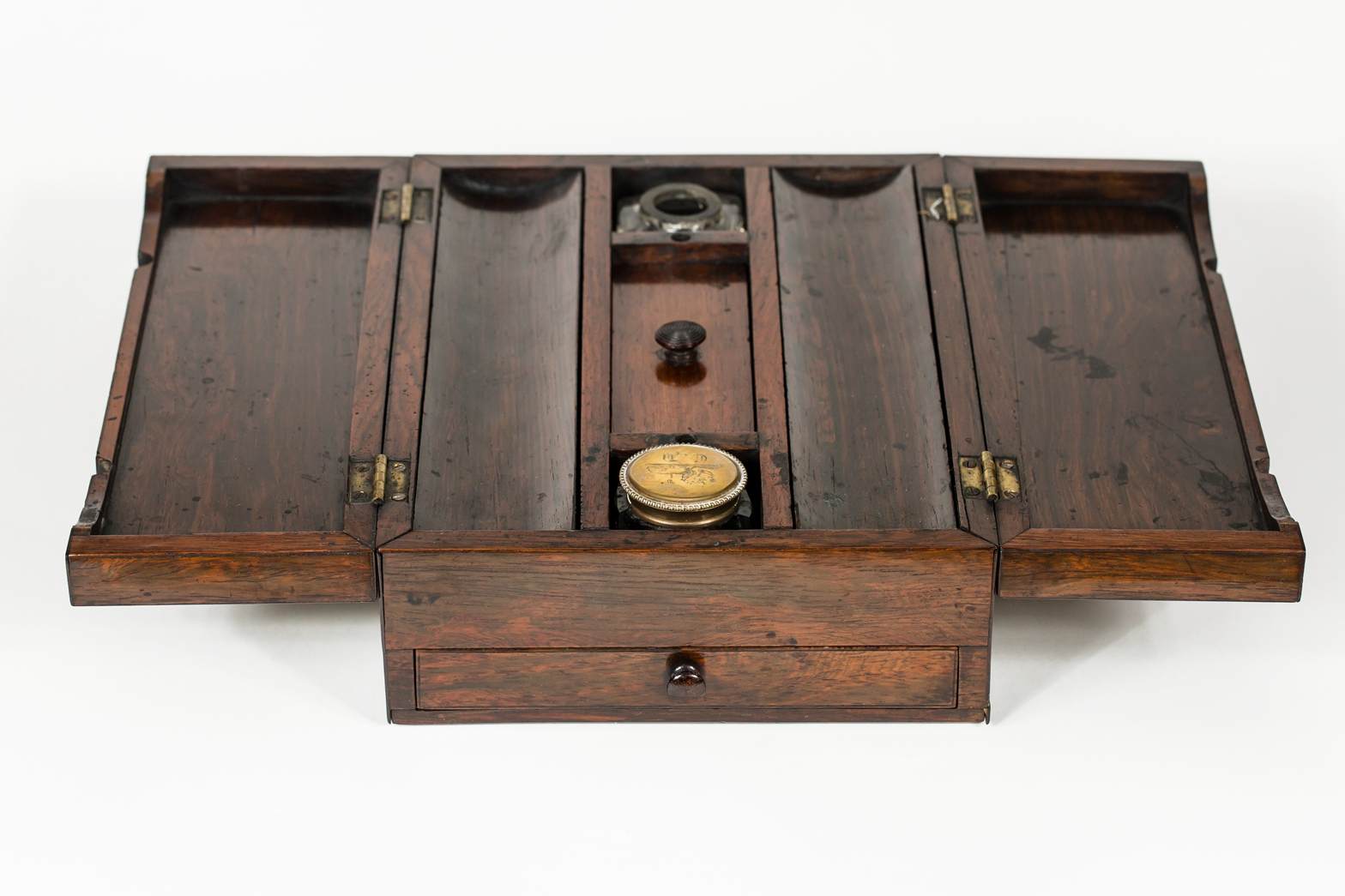
Portable writing desk made of rosewood with an inlay of mother of pearl. Owned by Charles Dickens, c.1860. /Photo courtesy of Charles Dickens Museum
Portable writing desk made of rosewood with an inlay of mother of pearl. Owned by Charles Dickens, c.1860. /Photo courtesy of Charles Dickens Museum
He showed us a very rare early Chinese edition of The Old Curiosity Shop, first published in English in 1841 and in Chinese in Shanghai in 1914. It was not for sale but Lake estimates it is worth several thousand U.S. dollars.
"If somebody wants to collect an English first edition of Dickens they can do so for a few hundred pounds for most of his books. The most expensive ones are going for 150,000 pounds to 200,000 pounds, (193 thousand U.S. dollars to 258 thousand U.S. dollars) but they are presentation copies of his major book," Lake said.
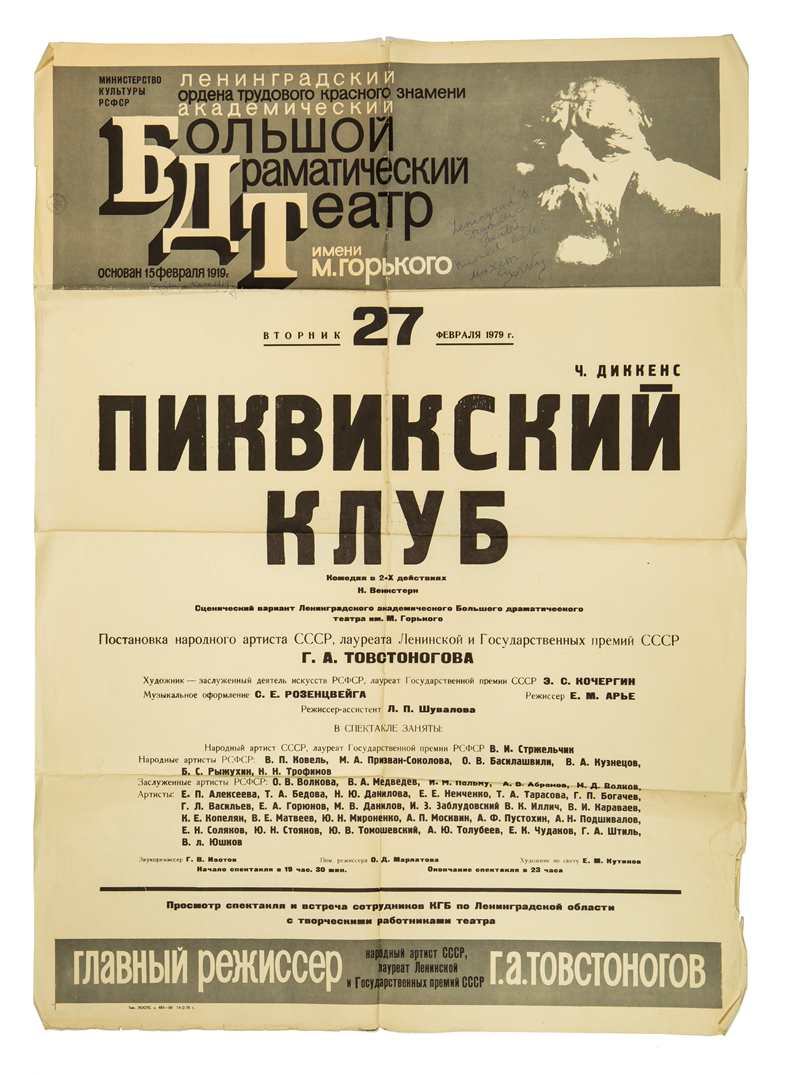
Russian playbill for a performance of the Pickwick Papers in 1979. /Photo courtesy of Charles Dickens Museum
Russian playbill for a performance of the Pickwick Papers in 1979. /Photo courtesy of Charles Dickens Museum
Among the exhibits at the Charles Dickens Museum in his London family home are a portable rosewood writing desk used by the author on his travels, and the copy of David Copperfield taken by Captain Robert Falcon Scott and his men on a 1912 expedition to Antarctica. Playbills for his numerous speaking tours around America and the rapturous welcome he received show just how popular Charles Dickens became.
The impact he continues to have around the world proved Charles Dickens is still very much a global brand.
The exhibition runs May 14-November 3.
(Cover: 48 Doughty Street. Charles Dickens' family home between 1812 and 1870, now the Charles Dickens Museum. /Photo courtesy of Charles Dickens Museum)









